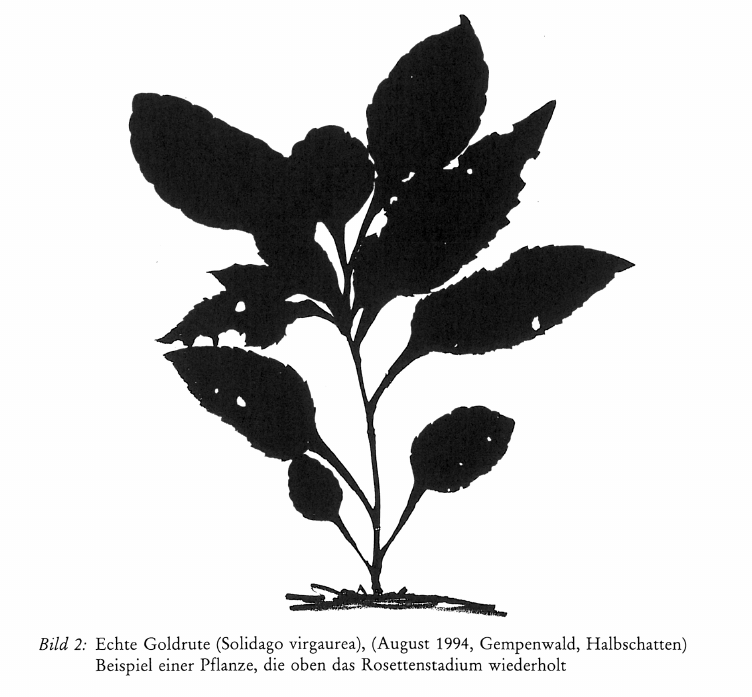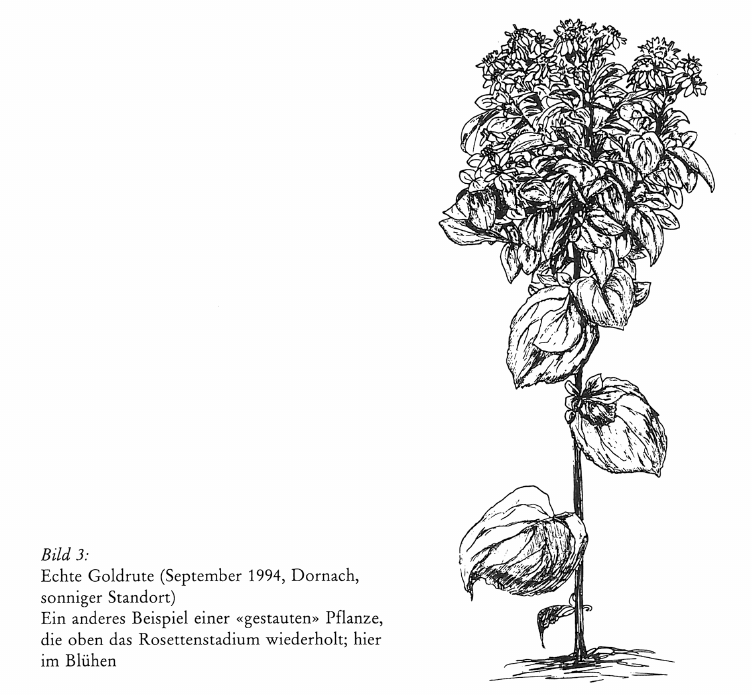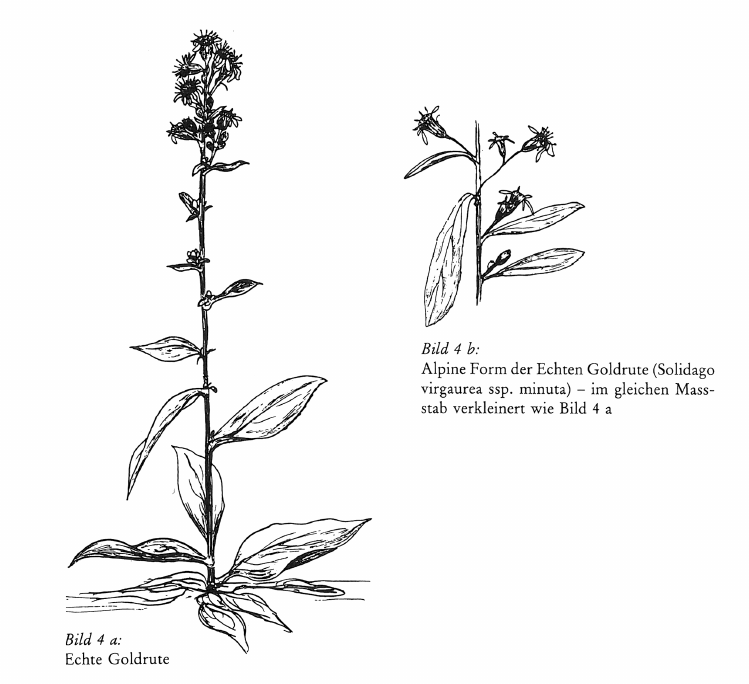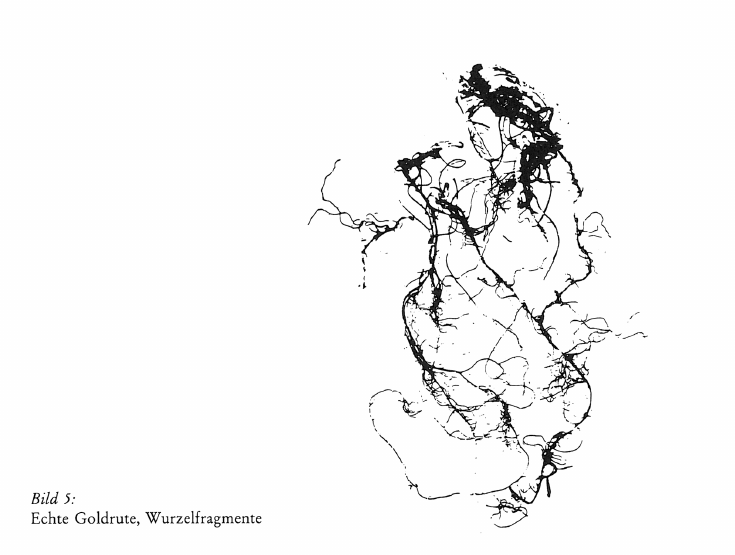Heileigenschaften der Gattung Solidago anhand der Betrachtung der Arten Solidago virgaurea (Echte Goldrute), Solidago gigantea (Solidago serotina; Riesengoldrute oder Spätgoldrute) und Solidago canadensis (Kanadische Goldrute)
Elemente der Naturwissenschaft
62,
1995,
P.
18-48 |
DOI:
10.18756/edn.62.18
Article | Language: German | €6.00
Export Article Citation as
- Plain text
- BibTeX
- RIS format
- Download price : € 6.00
Abstract:
This paper will briefly answer the question, how it is possible to find the healing properties of a plant without making experiments with animals. The observation of the plants (here the Solidago species: S. virgaurea, S. canadensis, S. serotina) can lead to understanding of the processual level of the plant; the methodology is considered, as well as its application in the investigation of the human organism. The suggestions of the way to use the Solidago species as a remedy follow. This publication is a reduced form of the original text.




